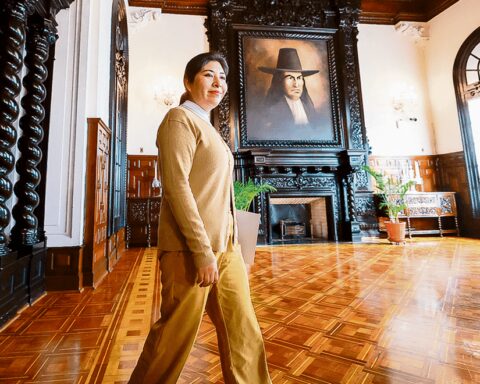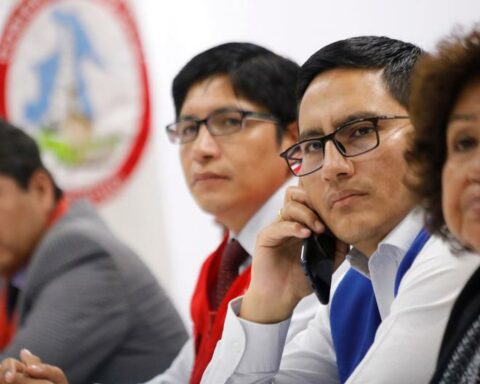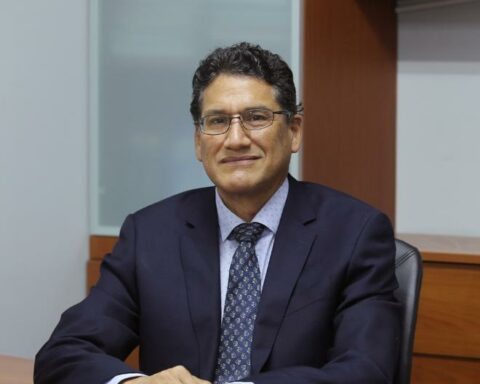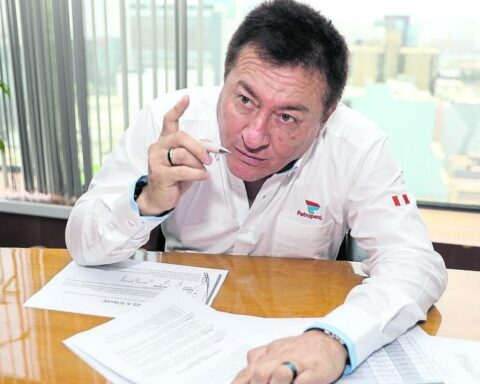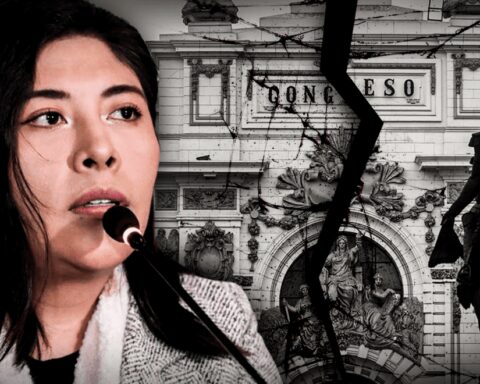The International Monetary Fund noted that the poverty rate in Peru in 2021 it fell 8 percentage points, to 22.1%, after in 2020 it reached 30.1% of the country’s population.
However, they detailed that the index is still above pre-pandemic levels (in 2019) in which 20.2% was registered.
For its part, the National Institute of Statistics and Informatics (INEI) pointed out that in 2021 monetary poverty affected 25.9% of the country’s population (8 million 556 thousand people), 4.2% less compared to 2020 but also still above of pre-pandemic levels (20.2%).
LOOK: Execution of mining projects in the portfolio will reduce the average poverty rate
Alexandra Ames, head of the Public Policy Observatory of the Universidad del Pacífico School of Public Management, stressed that, despite the fact that markets have been opening up during the pandemic and the economy has been gradually reactivating, this has not been accompanied of a serious policy of social inclusion that allows raising the productive capacities of those who were the hardest hit by the crisis.
“If we cross the poverty figures with the employment figures, we see that work is recovering rapidly in terms of quantity, but not necessarily in terms of quality,” Ames said.
extraordinary funds
Víctor Fuentes, chief economist of the Peruvian Institute of Economy (IPE), noted that the reduction of poverty in 2021 is important, but it is probably not sustainable since, if the labor market is bad and economic growth is still quite weak, what is reflected in the reduction is, mainly, due to the release of extraordinary funds both from the bonds that have been given and access to private funds such as the CTS and those of the AFPs.
“These funds are extraordinary and do not mean a sustainable contribution to poverty reduction,” he said.
For Ames, it is necessary to bet on a strengthening of capacities that allows raising the competitiveness of each of the workers who are being relegated.
“It is not about returning to the levels of 2019, but about starting to develop strategies that allow us to be better and more resilient to face future crises,” he noted.
For Fuentes, it is imperative to better address and articulate protection measures for the poorest, and the main challenges are in the urban area.
“You can discuss the increase in the amount and coverage of the FISE voucher (discount voucher to buy a domestic gas cylinder), give more budget to popular kitchens and communal pots. However, nothing will be sustainable if the economy is not reactivated and this government policy, with a lot of uncertainty between what it says and what it does, very little promoter of private investment, makes an economic recovery difficult”, he asserted.
Keep in mind
- The poverty line is established taking as a reference the ability to access a basic basket of food and non-food consumption, which for the year 2021 amounts to S/ 378 per month per inhabitant.
- The extreme poverty line, which considers only the cost of a basic food basket, for 2021 amounted to S/ 201 per month.




